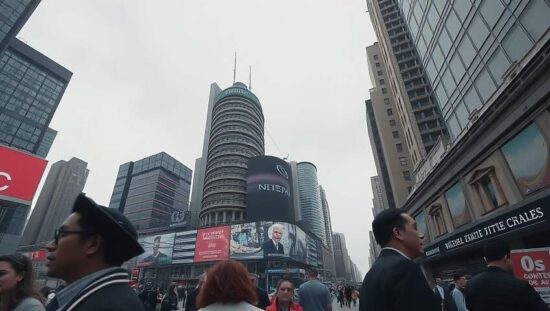European markets opened Tuesday with the DAX index showing little change, trading around 23,720 points – a marginal 0.1 percent below Monday’s closing level. Analysts at CMC Markets noted the index’s continued struggle to break out of a sideways trend, highlighting a period of apparent indecision among potential buyers who seem to be reassessing their positions.
While enthusiasm surrounding Artificial Intelligence continues to drive growth and overshadow inflation concerns in the United States, supporting factors for the DAX include potential in the defense sector and the recent milestone of Rheinmetall AG shares reaching €2,000. The Euro’s relatively stable performance against the dollar, having weakened by approximately two cents over the past week and a half, is also contributing to the market’s cautious optimism.
Across the Atlantic, a potential US government shutdown remains a dominant concern for Wall Street. Although past budget standoffs have typically been resolved at the last minute, the possibility of a prolonged disruption, echoing the longest shutdown during Donald Trump’s first term, is introducing an element of uncertainty. A failure to reach a bipartisan agreement could delay the release of key US employment data, potentially impacting expectations for an interest rate cut by the Federal Reserve in October. This political uncertainty is prompting increased volatility amongst US indices.
The escalating price of gold is also drawing considerable attention, with the precious metal nearing the $4,000 per ounce mark. Analysts attribute this surge to the ongoing US government concerns, alongside a series of events that continue to fuel investor demand for gold.
Early Tuesday, the Euro strengthened slightly, trading at $1.1745, while the dollar was valued at €0.8514. Gold was trading at $3,855 per fine ounce, representing a 0.6 percent increase and a price of €105.52 per gram. Brent crude oil, however, experienced a decline, fetching $67.53 per barrel – a decrease of 44 cents or 0.7 percent compared to the previous day’s closing price.





